March 8,
Pacific Ocean at Miraflores area of Lima
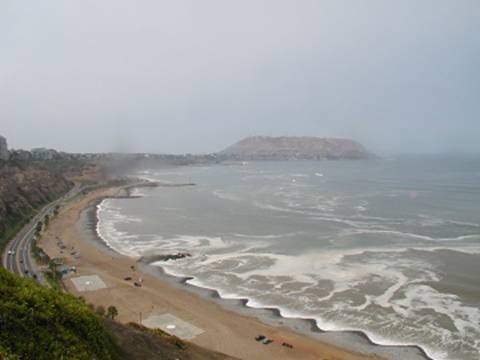
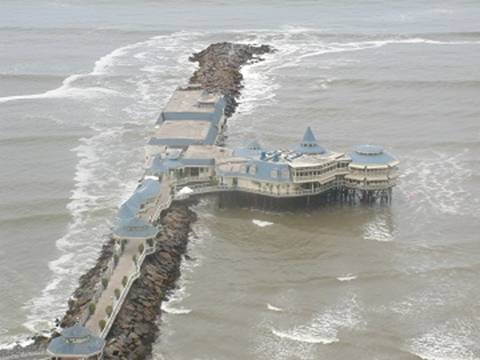
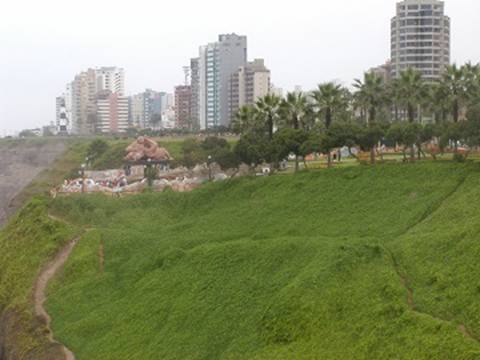
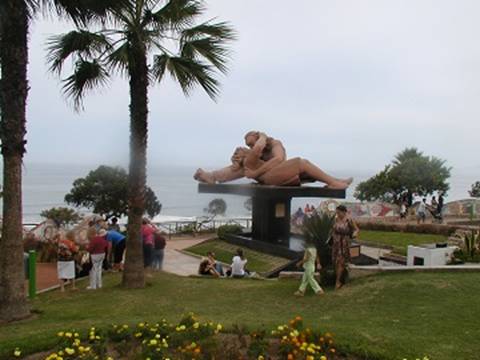
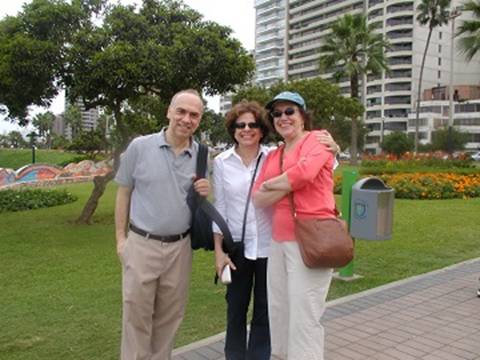
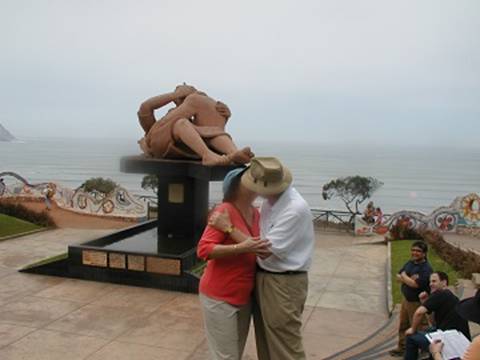
Lunch on Patio at "Mangos"
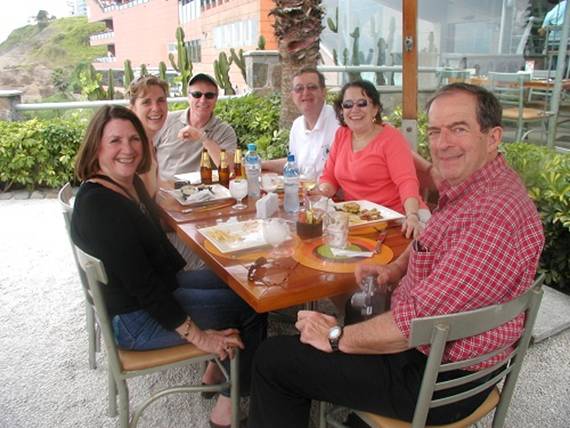
+++++++++++++++++++++++++++++++++++++++++++++++++++++++++++++++++++++++++++++
March 9,
Plaza San Martin
(where
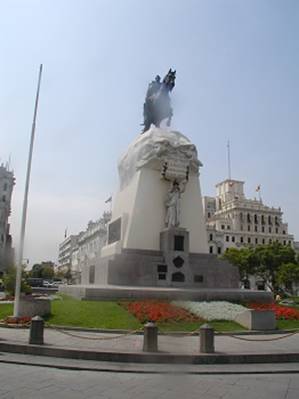
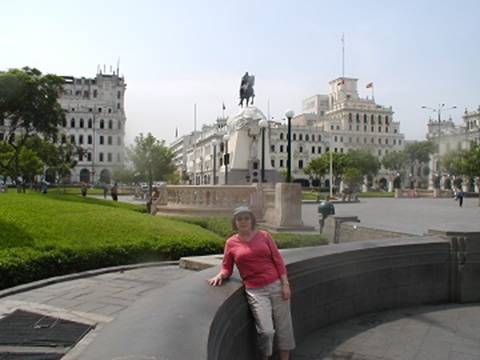
Hotel Bolivar
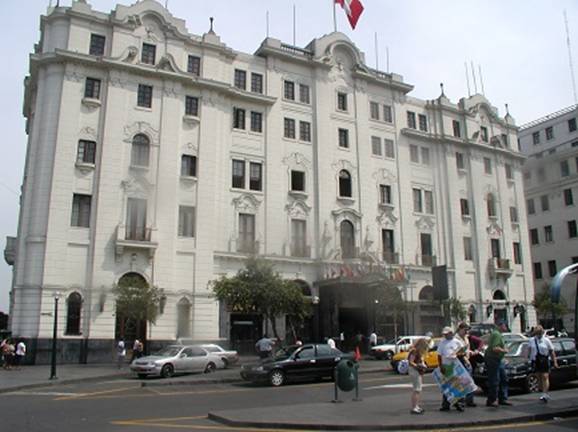
Plaza de Mayor (or de Armas)
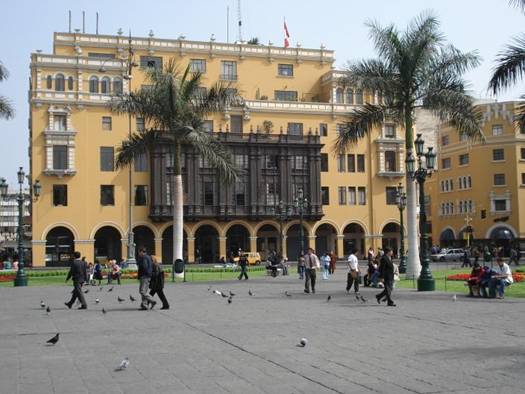
(borrowed image)
Catedral y Plaza de Armas de
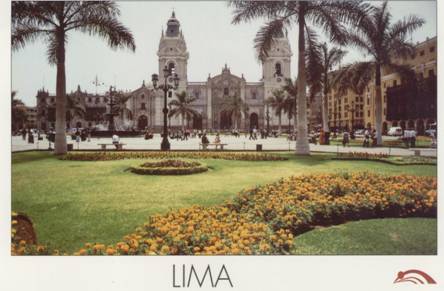
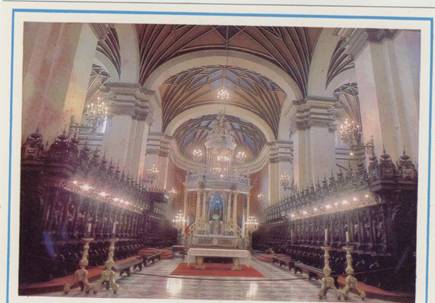
(borrowed image) (borrowed image)
Iglesia de San Fransisco (monastary with catacombs)
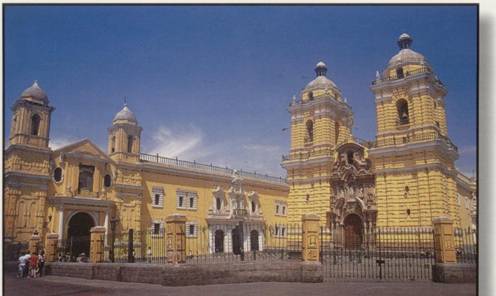
(borrowed image)
+++++++++++++++++++++++++++++++++++++++++++++++++++++++++++++++++++++++++++++
March 10, Arrive
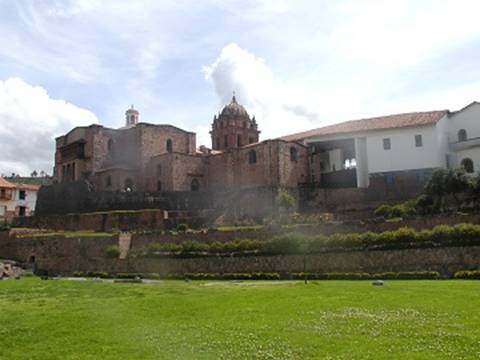
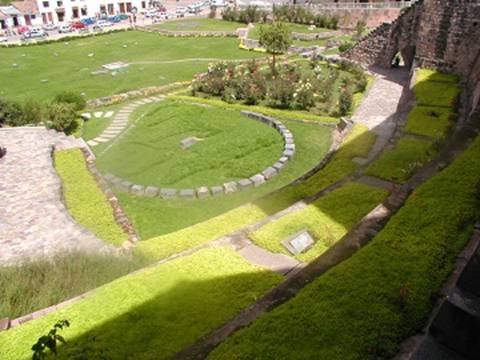
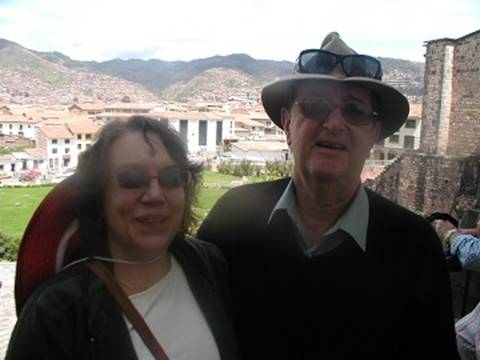
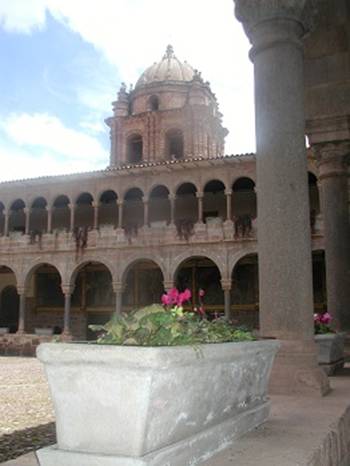
Sacsayhuaman (archeological
national reserve)
The imperial city
the animal that symbolized the Inca dynasty. The belly of the puma was
the main plaza,
the river Tullumayo formed its spine, and the hill of
Sacsayhuaman its head.
(borrowed
text)
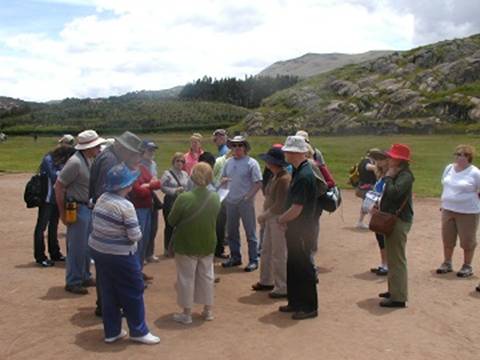
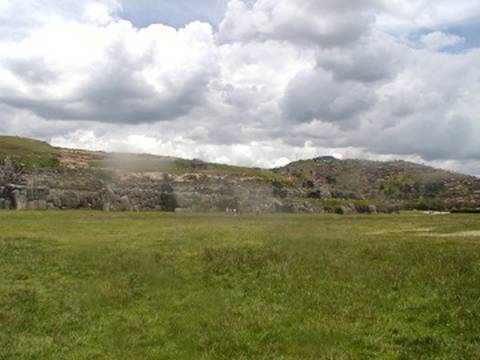
Originally there were three "walls" or
"bulwarks" which foundations are still seen today;
they are the most spectacular remains of that fabulous building that
according to chroniclers did not have any comparison in the old world.
They are three parallel walls built in different levels with lime-stones
of enormous sizes; zigzagging walls that because of their appearance
it is suggested that they represent the "teeth" of the puma's
head that the complex represented.
(borrowed
text)
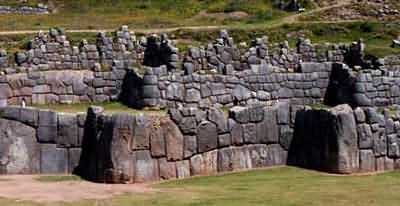
(borrowed
image)
Luncheon stop with view of
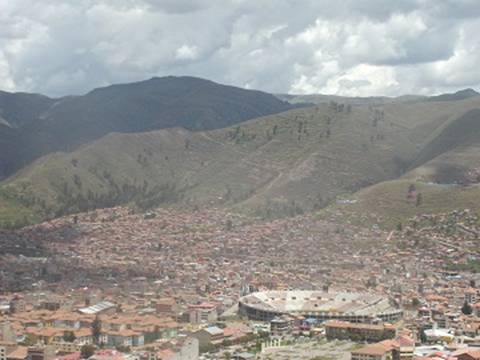
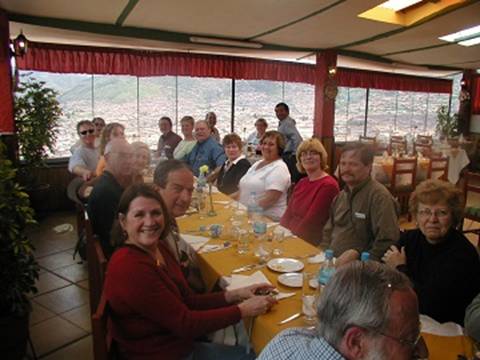
Q'enko Grande / place of worship
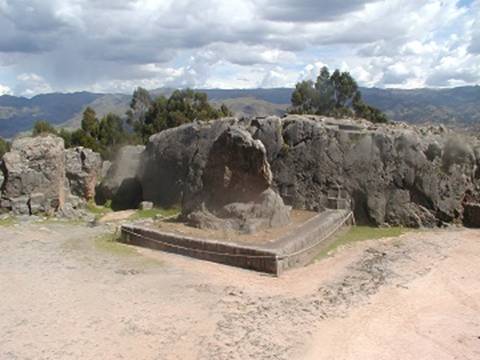
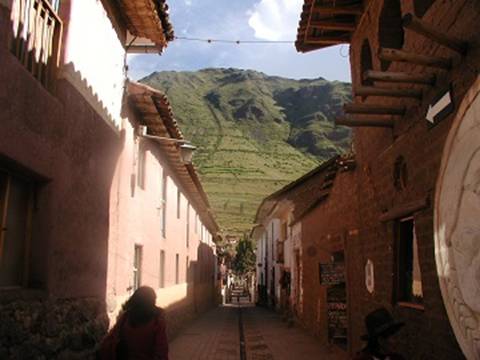
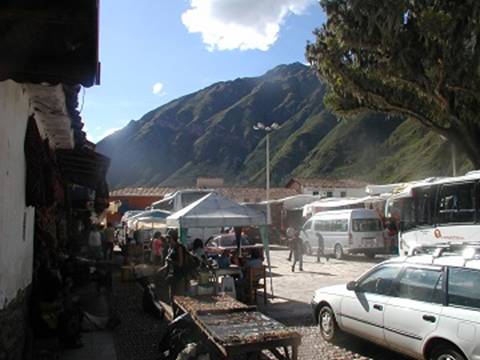
At the northern end of the
Ollantaytambo is a massive citadel located 50
kilometers from
The citadel served as both a temple and a fortress. At some time unknown, and
for
reasons unknown, work mysteriously stopped on this huge project.
(borrowed
text)
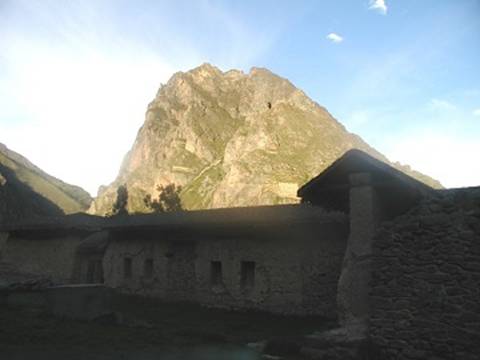
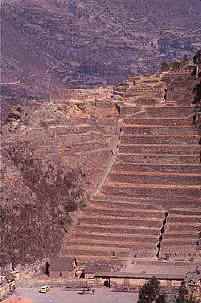
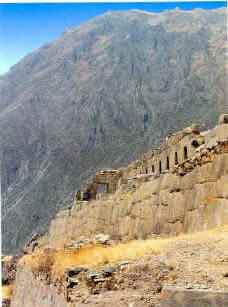
Photographs courtesy of SacredSites.com
+++++++++++++++++++++++++++++++++++++++++++++++++++++++++++++++++++++++++++++
March 11, Train to Aguas Calientes
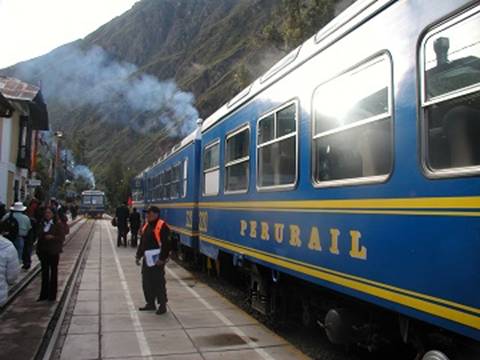
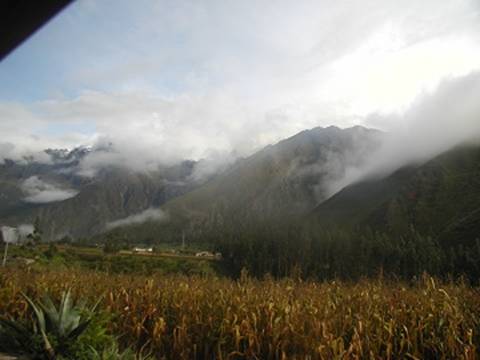
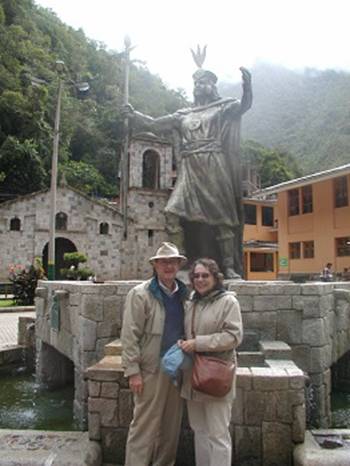
Visiting
The ruins of
and enigmatic ancient sites in the world. While the Inca people certainly used
the Andean
mountain top (9060 feet elevation), erecting many hundreds of stone
structures from
the early 1400's, legends and myths indicate that
(meaning '
(borrowed
text)
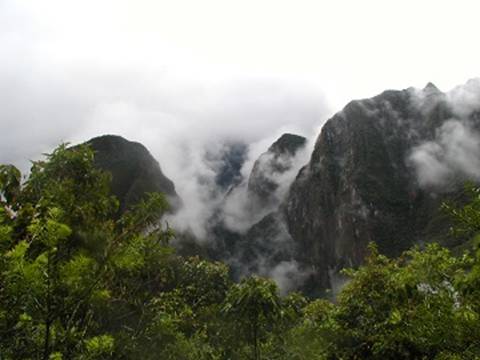
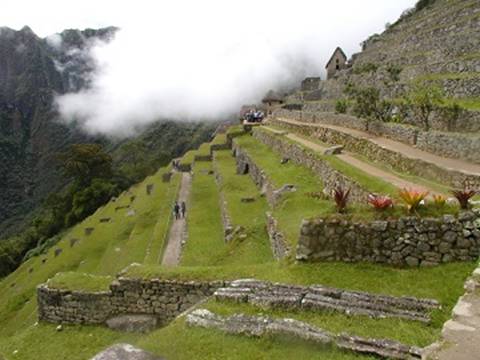
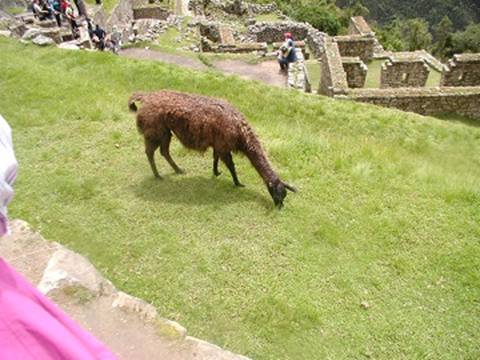
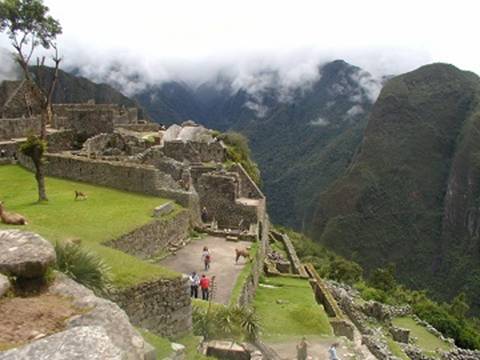
Also From Post Cards
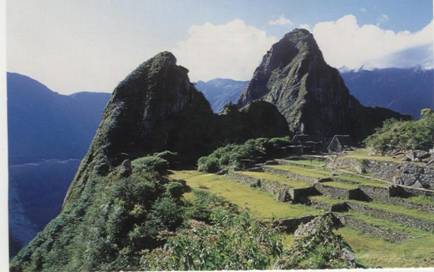
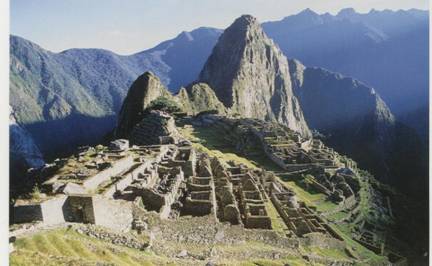
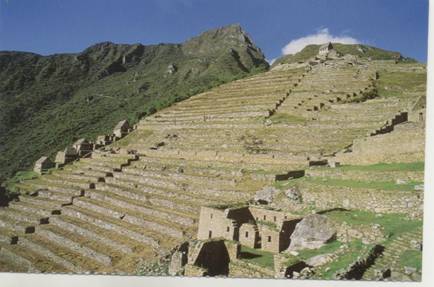
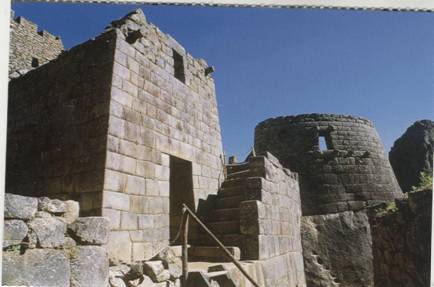
(borrowed
images)
+++++++++++++++++++++++++++++++++++++++++++++++++++++++++++++++++++++++++++++
March 12, Day of rest / walking visit of Aguas Calientas
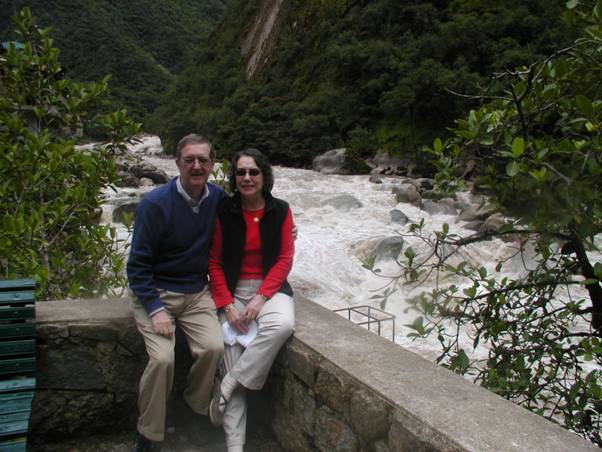
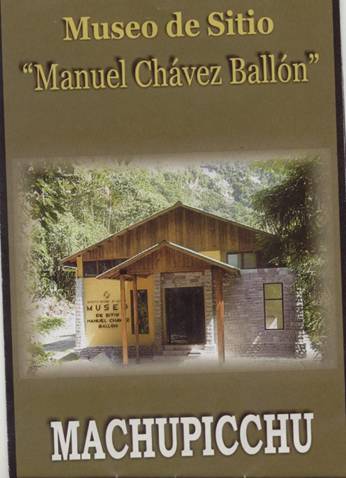
+++++++++++++++++++++++++++++++++++++++++++++++++++++++++++++++++++++++++++++
March
13, Bus trip back to Cuzco
Chinchero has a beautiful colonial
church of adobe
bricks, built on the foundations of an old Inca
temple.
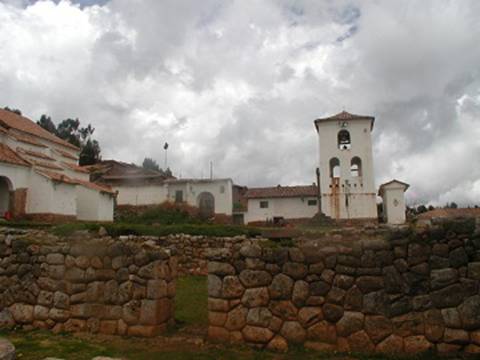
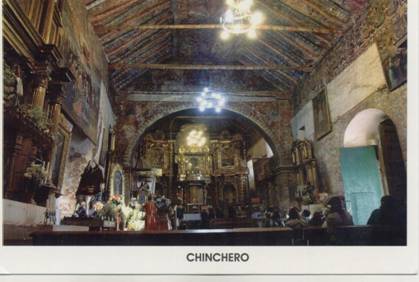
(borrowed image)
Centro Qosqo
de Arte Nativo
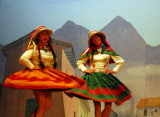
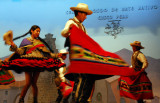
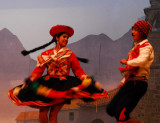
(borrowed
images)
+++++++++++++++++++++++++++++++++++++++++++++++++++++++++++++++++++++++++++++
March 14, Morning Walk in
Plaza de Armas with Catedral
de Cuzco
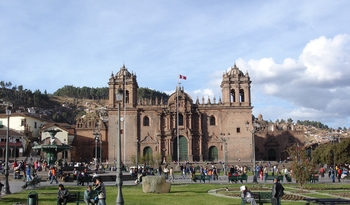
(borrowed image)
+++++++++++++++++++++++++++++++++++++++++++++++++++++++++++++++++++++++++++++
March 14-15, Air Travel from
THE END
more travel photos